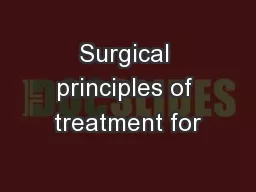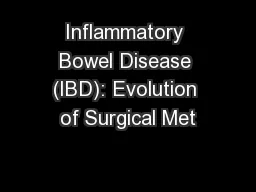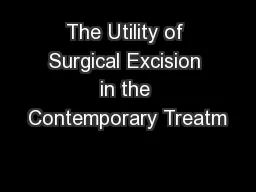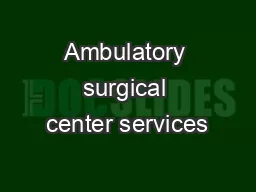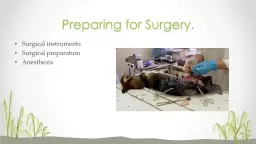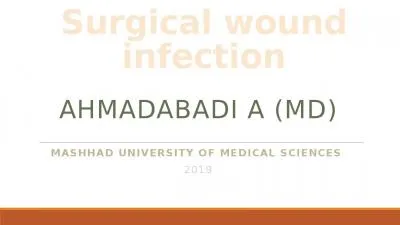PPT-Surgical principles of treatment for
Author : karlyn-bohler | Published Date : 2018-03-18
tibial plateau fractures Obada B Serban AlO Botnaru V Alecu SilvanaCrina Orthopaedic Traumatology Clinic of Constanta Romania Objective The study aim to
Presentation Embed Code
Download Presentation
Download Presentation The PPT/PDF document "Surgical principles of treatment for" is the property of its rightful owner. Permission is granted to download and print the materials on this website for personal, non-commercial use only, and to display it on your personal computer provided you do not modify the materials and that you retain all copyright notices contained in the materials. By downloading content from our website, you accept the terms of this agreement.
Surgical principles of treatment for: Transcript
Download Rules Of Document
"Surgical principles of treatment for"The content belongs to its owner. You may download and print it for personal use, without modification, and keep all copyright notices. By downloading, you agree to these terms.
Related Documents

